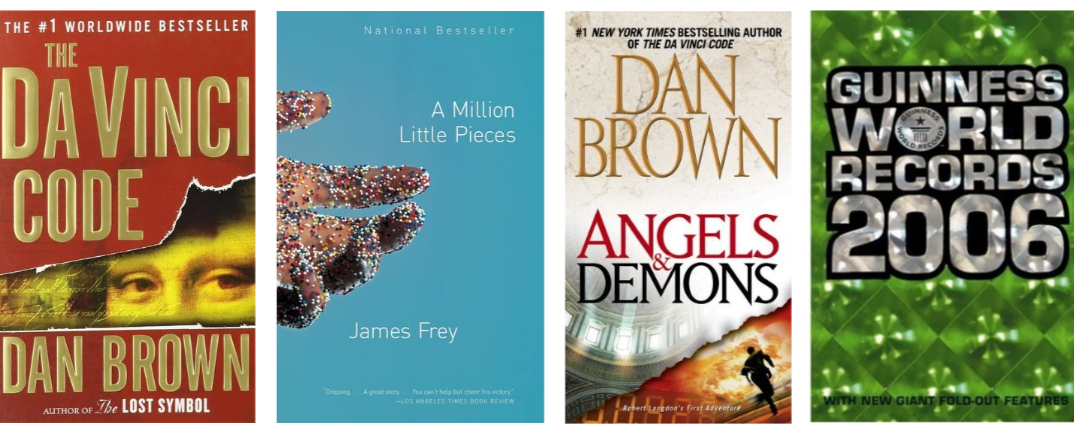Results from our quarterly Canadian Book Consumer surveys are in and our analysis is drawing to a close. First, we took a look at the overall Canadian book market, next we narrowed in on library use among buyers and borrowers in an update to our 2019 study Borrow, Buy, Read: Library Use and Book Buying in Canada. For this last instalment, we’re going to be focusing on Canadian readers.
Snapshot of a reader
Who’s a reader? A reader is an adult who responded to our survey and said they had read or listened to at least one print book, ebook, audiobook (physical or digital), or comic book/graphic novel in the last 12 months.
When we look at all those types of readers and compare to previous surveys, we found that the percentage of readers has increased from an average of 68% in 2019 to 72% in the first half of 2020.
Percentage of readers by quarter, March 2019 to June 2020
Looking only at Canadian readers surveyed in the first half of 2020 (4,499 respondents) and their reading consumption over the last 12 months:
60% read a print book;
25% read an ebook;
12% read a comic/manga book or graphic novel;
8% listened to a digital audiobook; and
6% listened to a physical audiobook.
Awareness and discovery
We asked readers how they generally became aware of the books they read or listened to. In the first half of 2020, 38% said they became aware of books when they were browsing physically or digitally at bookstores or retailers. Other popular discoveries came from authors (29%), libraries (26%), bestseller lists (25%), other books (24%), and social media (24%). In the last half of 2019 (4,147 respondents), the answers were fairly similar, though slightly more respondents (41%) became aware of books from bookstores or retailers.
Finding books
We asked readers where they find their books. A majority of readers generally look for books in person either at bookstores (83%), other retailers (76%), or in public libraries (70%). The remainder generally look online: 68% at online bookstores, 67% at online retailers, and 43% in ebook/audiobook apps.
We also asked readers how easy it is to find the books they want. We found that most readers said they either generally or sometimes find the books they’re looking for. Looking at percentages of readers who have difficulty finding the books they want, it’s highest for ebook/audiobook apps (12%) and lowest for online bookstores (5%).
Readers' reported ease of finding the books they’re looking for
Reading habits and behaviours
So readers have found the books they wanted; now what? Why are they reading? What do their reading habits look like?
In the first half of 2020, readers mostly read to enjoy or relax (76%) and pass the time (57%). Other reasons included to gain knowledge or improve skills (40%), become immersed in another world (37%), learn or discover new topics (33%), for a challenge or intellectual stimulation (28%), or for inspiration or motivation (26%). These responses are similar to what readers reported in 2019, though there were some changes — notably in 2019 only 59% said they read for enjoyment and only 34% read to pass the time. Perhaps changes in people’s schedules and lives due to the pandemic might have something to do with this change.
In terms of reading frequency by format in the last half of 2019 and the first half of 2020, there were no significant changes. The most popular frequency for print books remains “several times a week,” for ebooks it’s “1-3 times per month,” and for audiobooks it’s “less often than once per month.”
Let’s look at reading frequencies in the first half of 2020 a bit more in detail. The information below was gathered from a question asking all readers (those who had read at least one book — either print, ebook, and/or audiobook in the last 12 months) about their reading frequency by book format, which explains how there are respondents who “did not read/listen” to certain formats.
Reading frequency by format, first half of 2020
| Print books | Ebooks | Audiobooks | |
|---|---|---|---|
| Daily | 18% | 8% | 4% |
| Several times a week | 20% | 8% | 4% |
| Weekly | 13% | 7% | 4% |
| 1-3 times per month | 17% | 10% | 5% |
| Less often than once per month | 16% | 9% | 7% |
| Rarely | 9% | 12% | 13% |
| Did not read/listen | 6% | 45% | 63% |
Topics, characters, and more
What are readers reading about? In the first half of 2020, most readers said that they read or sometimes read books with diverse topics or experiences (86%), 80% read or sometimes read books with Canadian characters, 69% read or sometimes read books with topics or experiences that represent their identity or community, and 66% of readers read or sometimes read books featuring Black, Indigenous, or characters of colour.
Reading by characters, first half of 2020
The percentages above are very similar to those from the last half of 2019.
As mentioned in our previous half-year reviews, the Canadian Book Consumer surveys were fielded from March to early April and from July to early August. From our July-August fielding, we found that 13% of readers preferred and 46% sometimes preferred reading books by authors belonging to underrepresented/marginalized groups when the characters are part of that group (#OwnVoices).
Other findings about reader behaviour
We asked readers whether they agreed with select statements about books and reading. Here’s what readers from the first half of 2020 surveys said:
97% of readers preferred to read books by authors they read before or know they’ll like
94% were passionate about books and reading
92% liked to read the latest books before most other people have read them
Book buying
As we mentioned above, the Canadian Book Consumer surveys were fielded from March to early April and from July to early August. From our July-August fielding, we found that a total of 48% of readers said that COVID-19 impacted or sometimes impacted their book buying.
Speaking of buying, here are some last facts about how readers obtained books in the first half of 2020:
65% of readers added or sometimes added more books to their online cart so they could get free shipping
59% of readers thought or sometimes thought that it’s important for society to have physical bookstores for people to visit
13% of readers pre-ordered a book
13% of readers bought a specific book after they first borrowed it
Stay tuned for the release of the full 2020 data from the Canadian Book Consumer surveys and the results from our annual Canadian Leisure and Reading study in spring 2021! Especially if you’re interested in knowing whether readers are seeking out Canadian content, or are familiar with Canadian book-related events and festivals; and to learn more about reading devices, apps, and the digital reading features that readers use and like.
More research done by BookNet Canada is available here, including our most recent study The State of Publishing in Canada 2019 which can be downloaded for free. Subscribe to our weekly newsletter to get the most recent updates and content from BookNet Canada.

















The most circulated Canadian books of 2025.